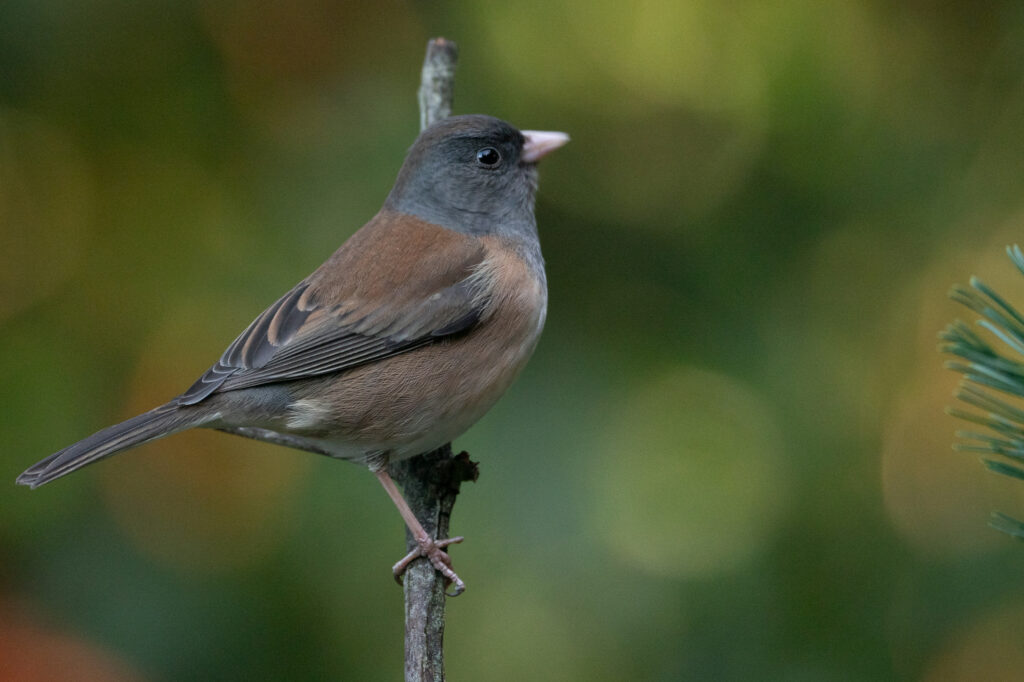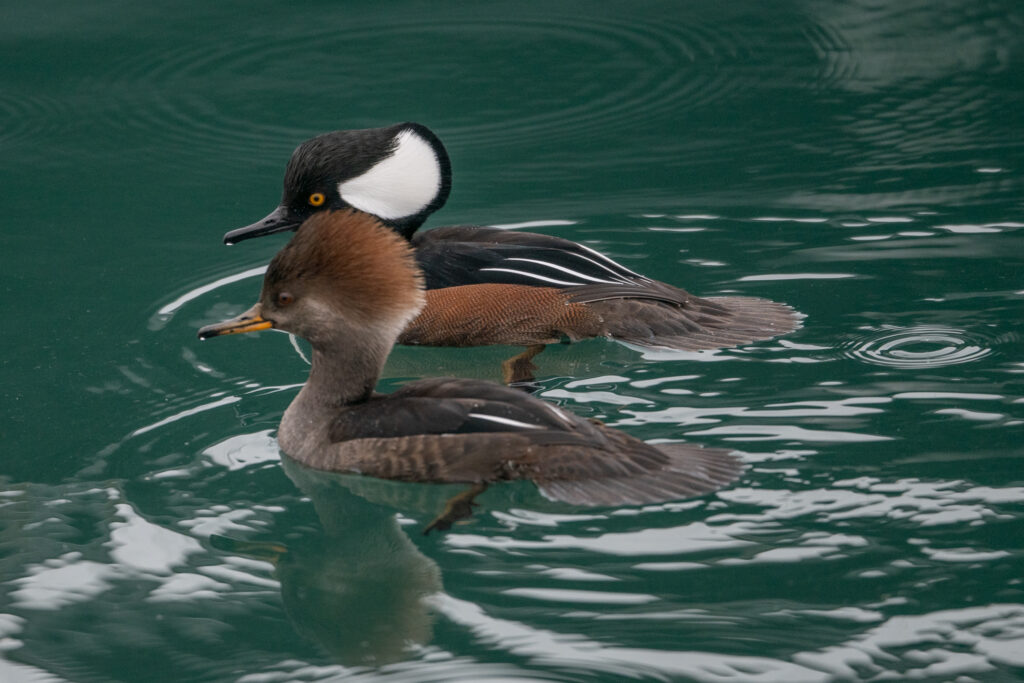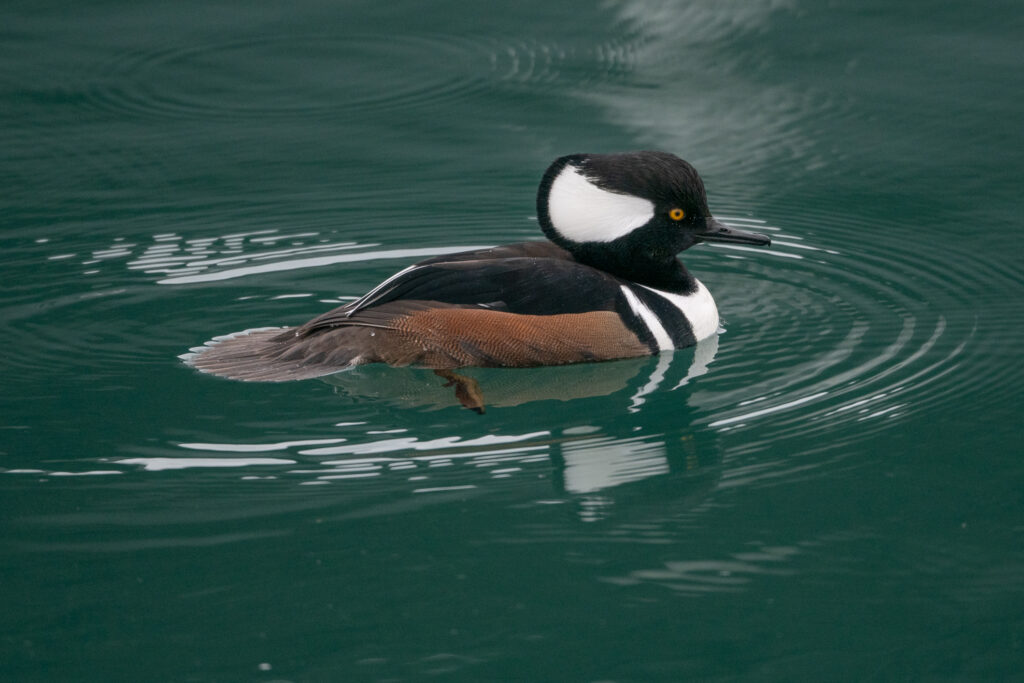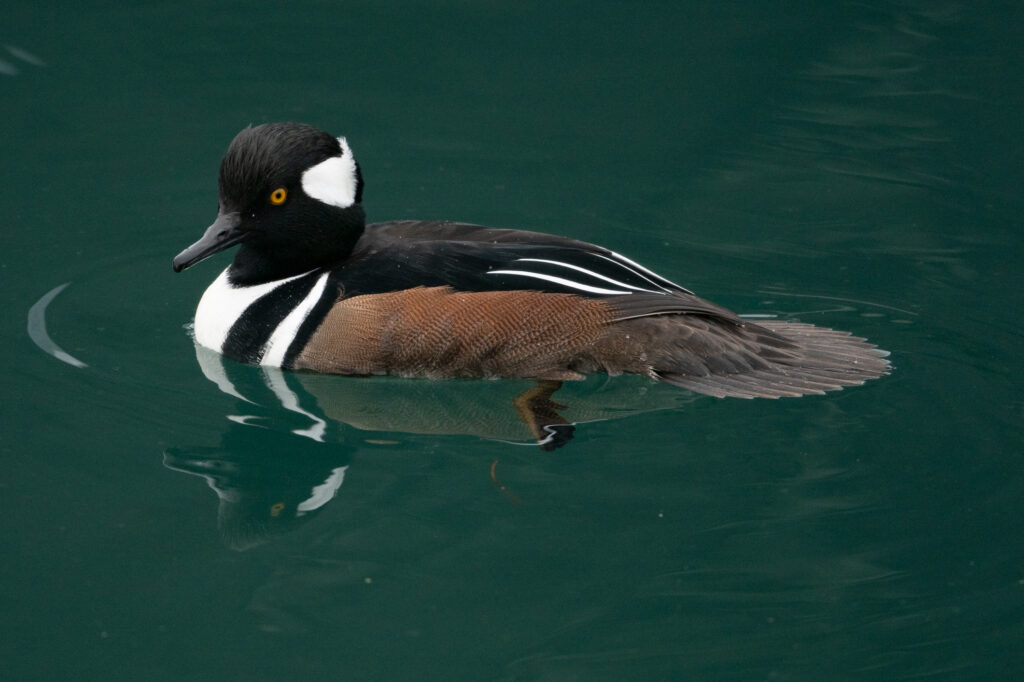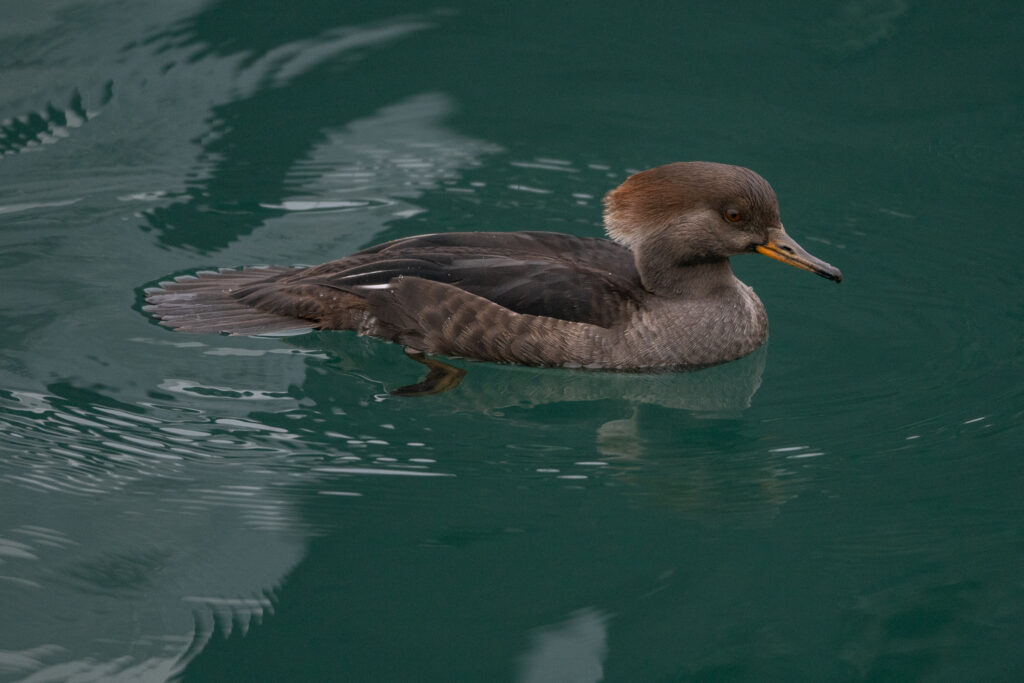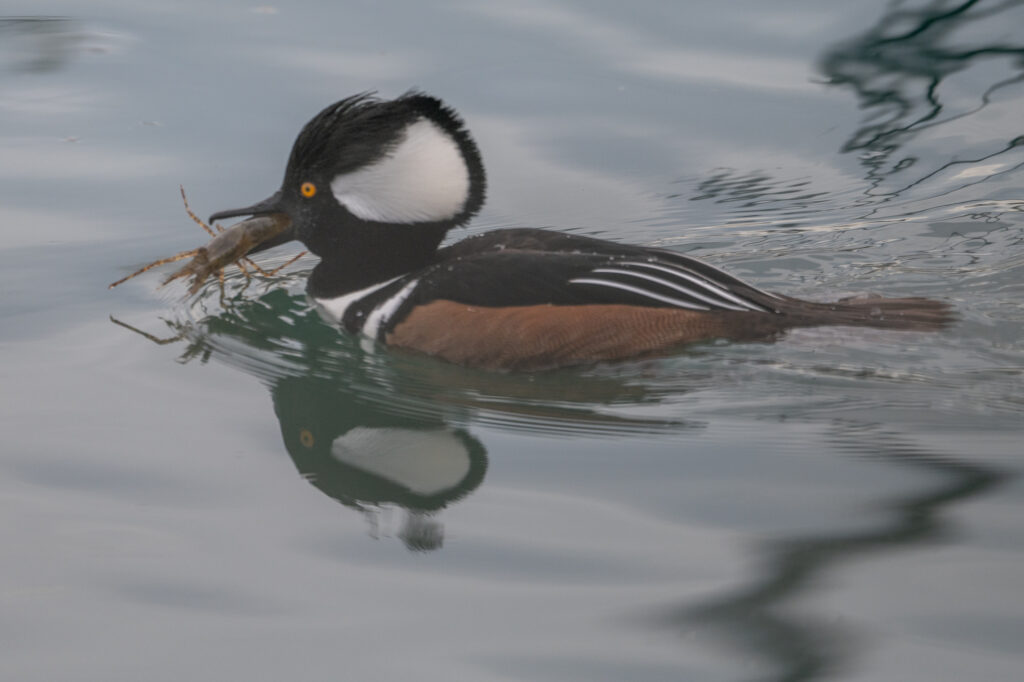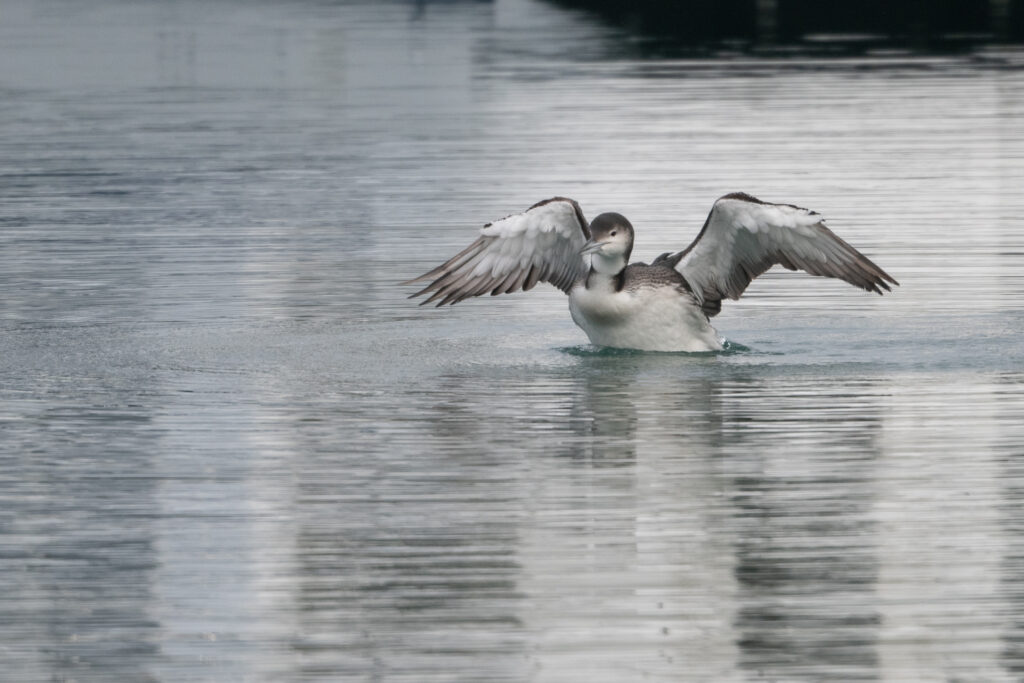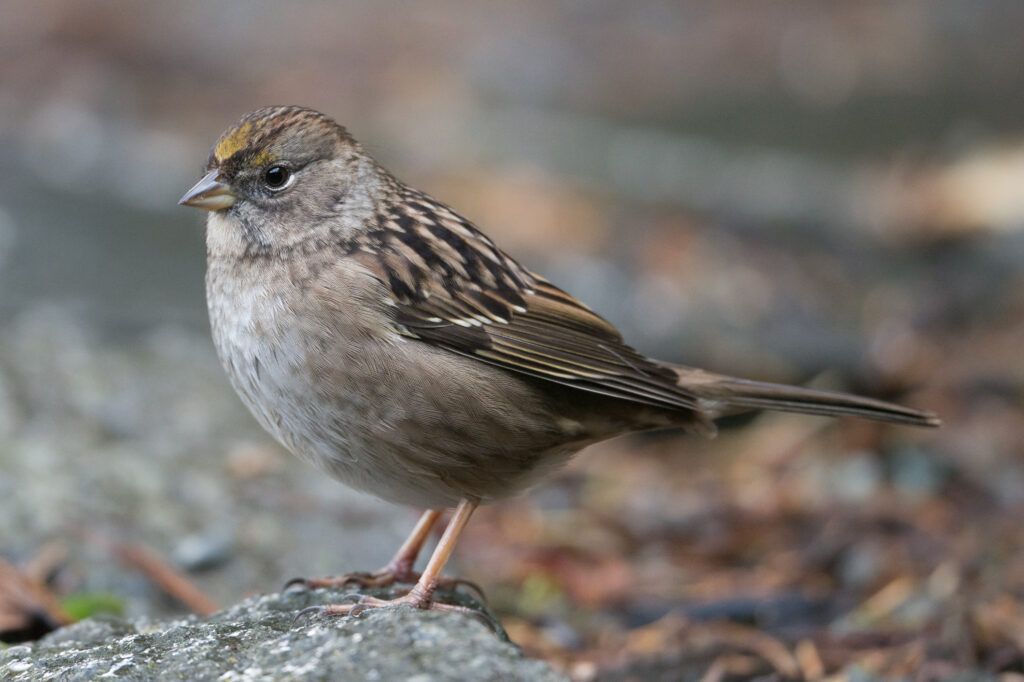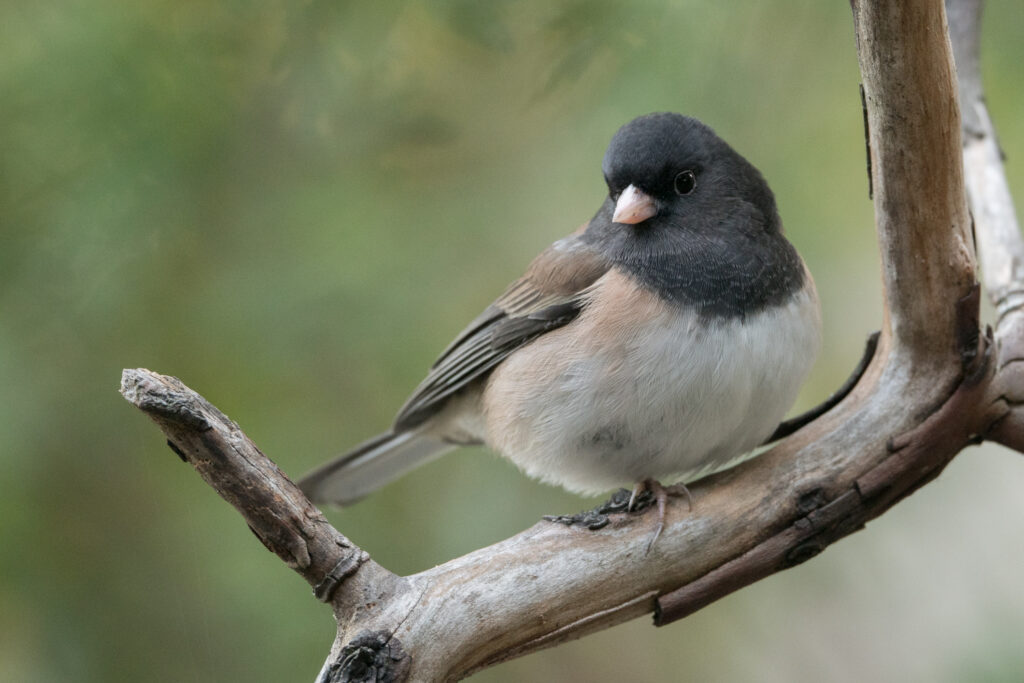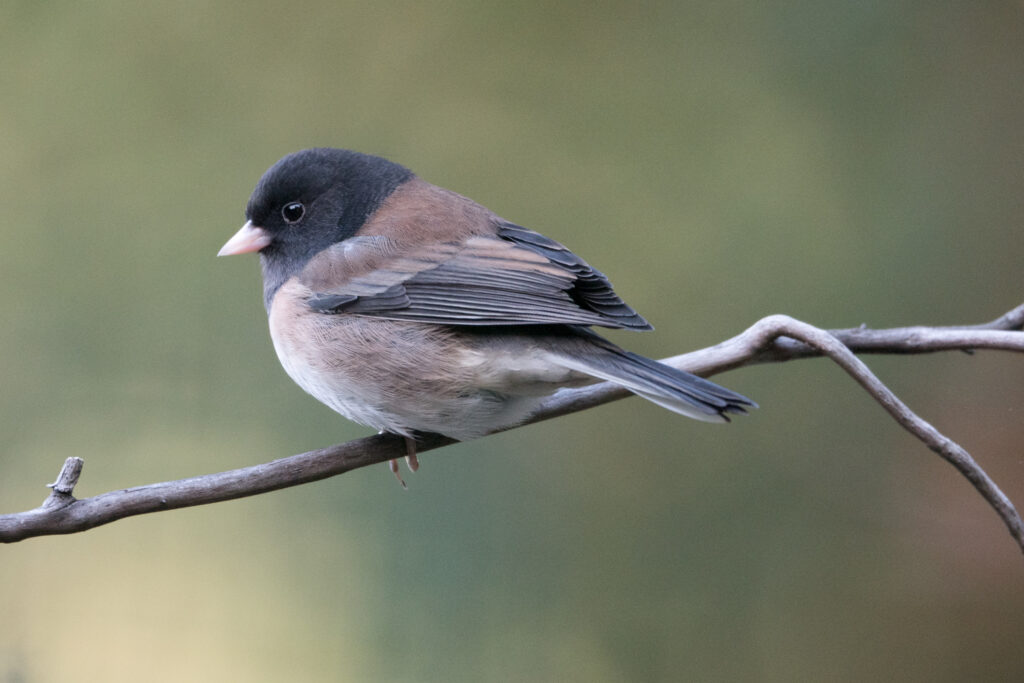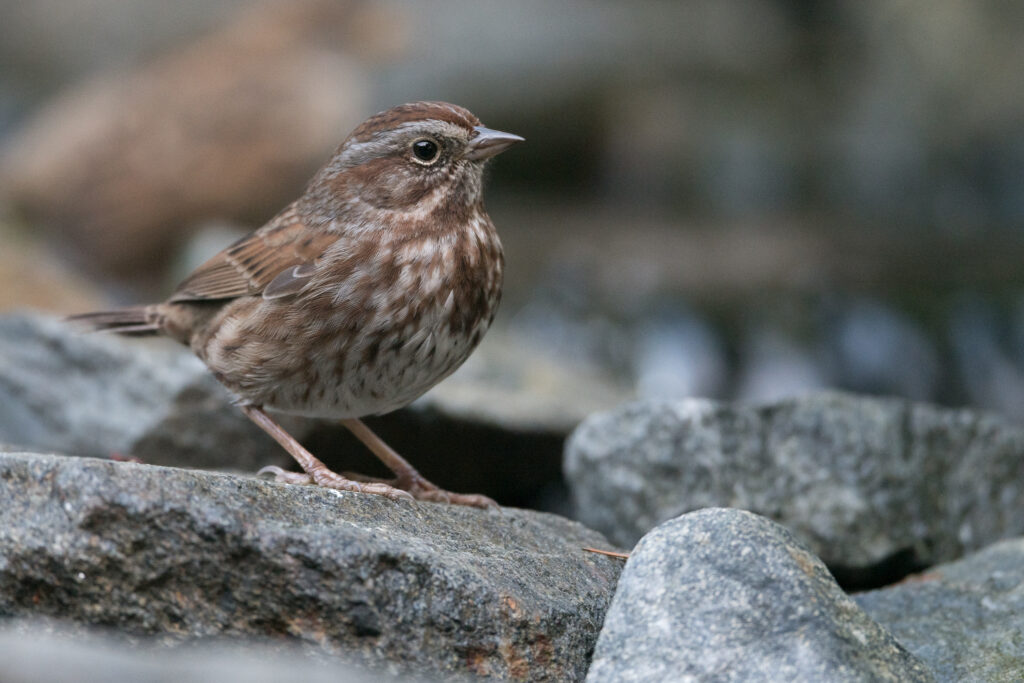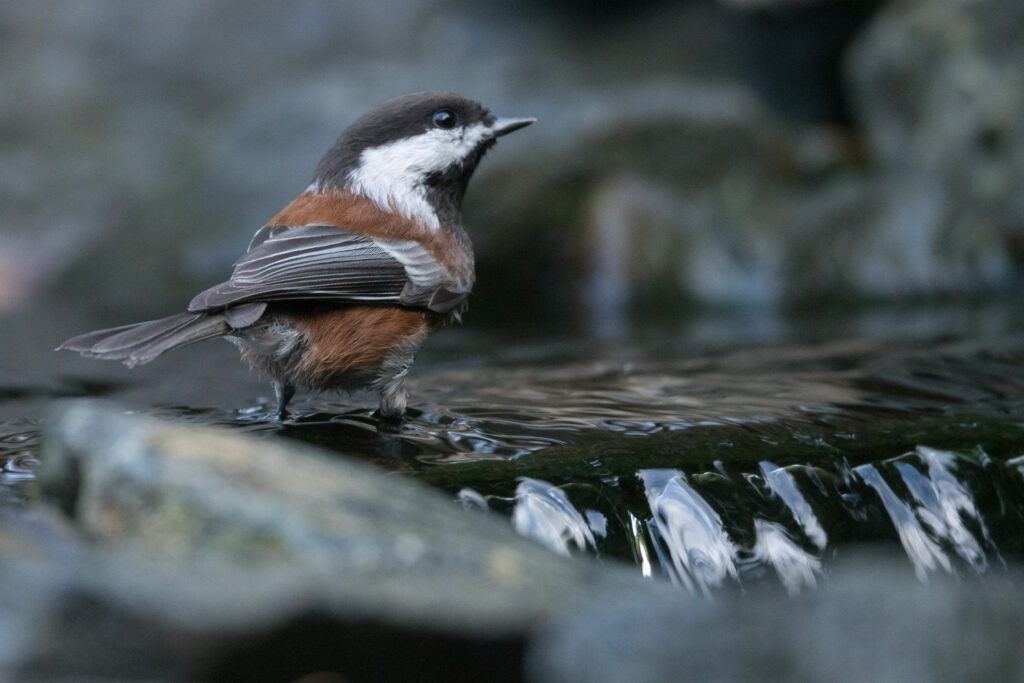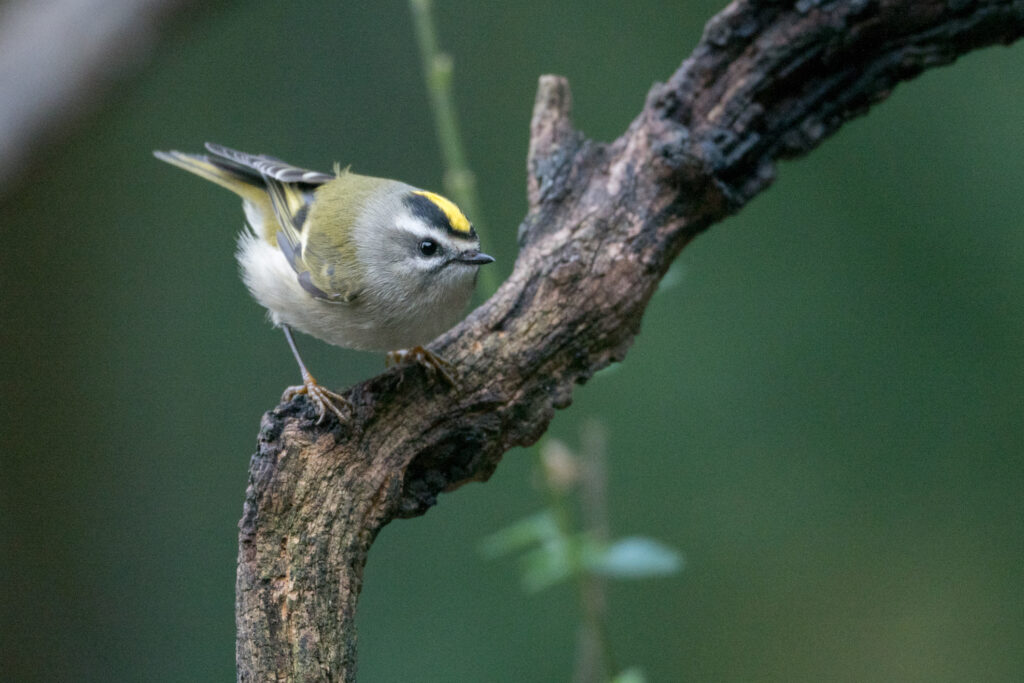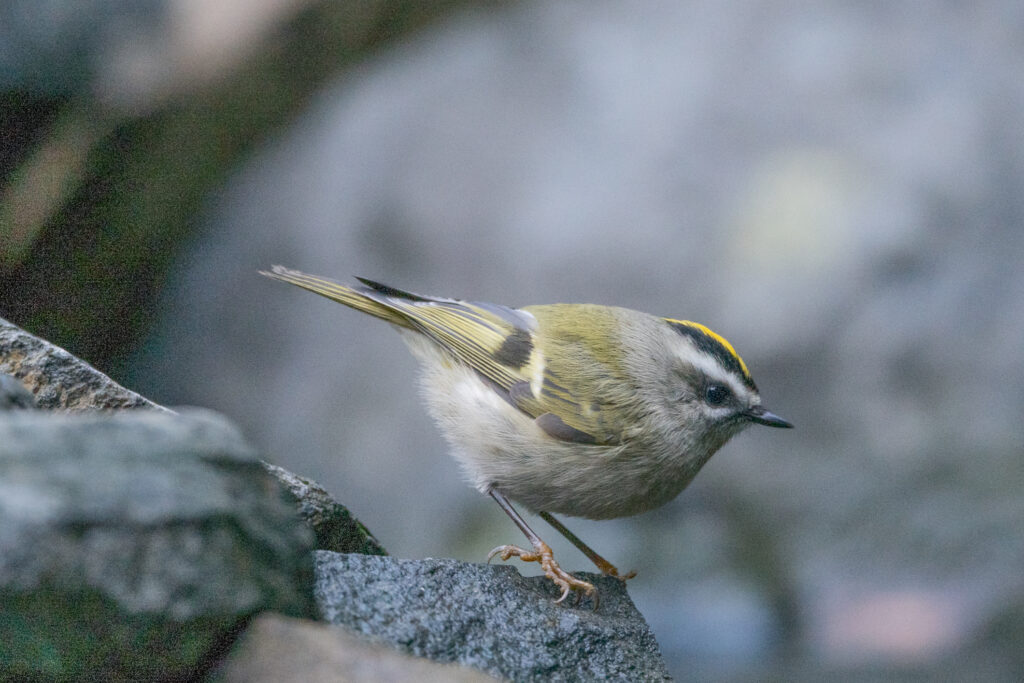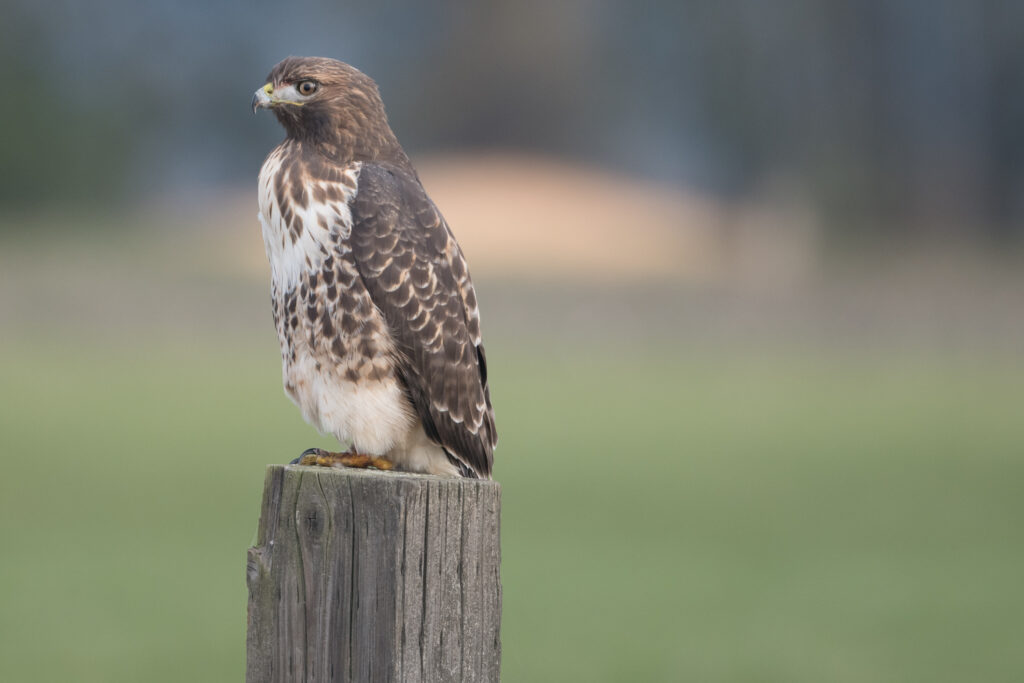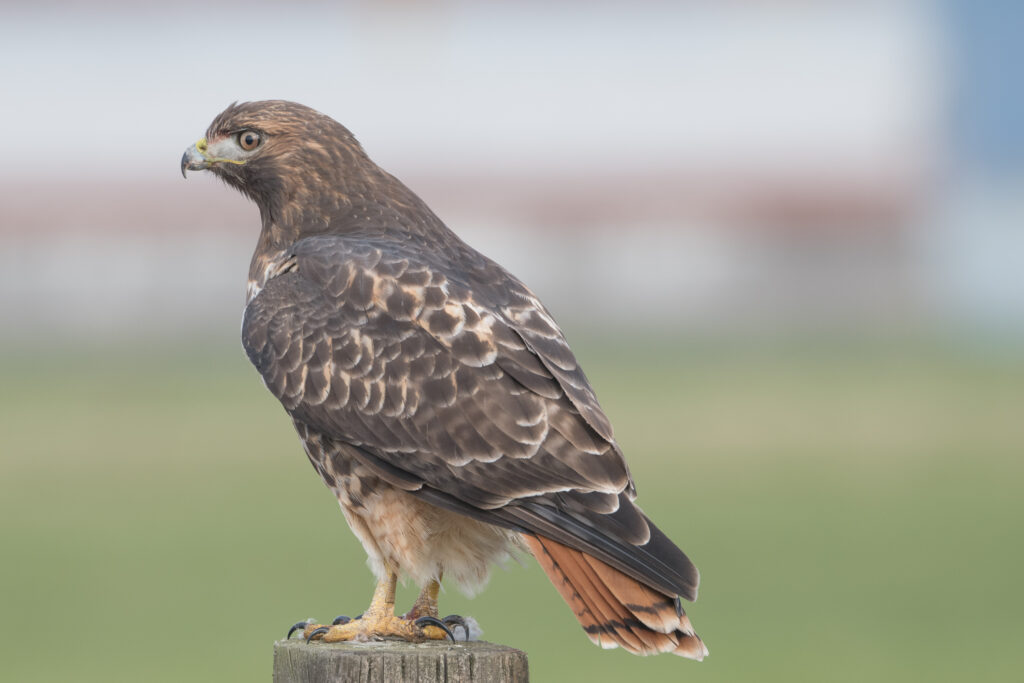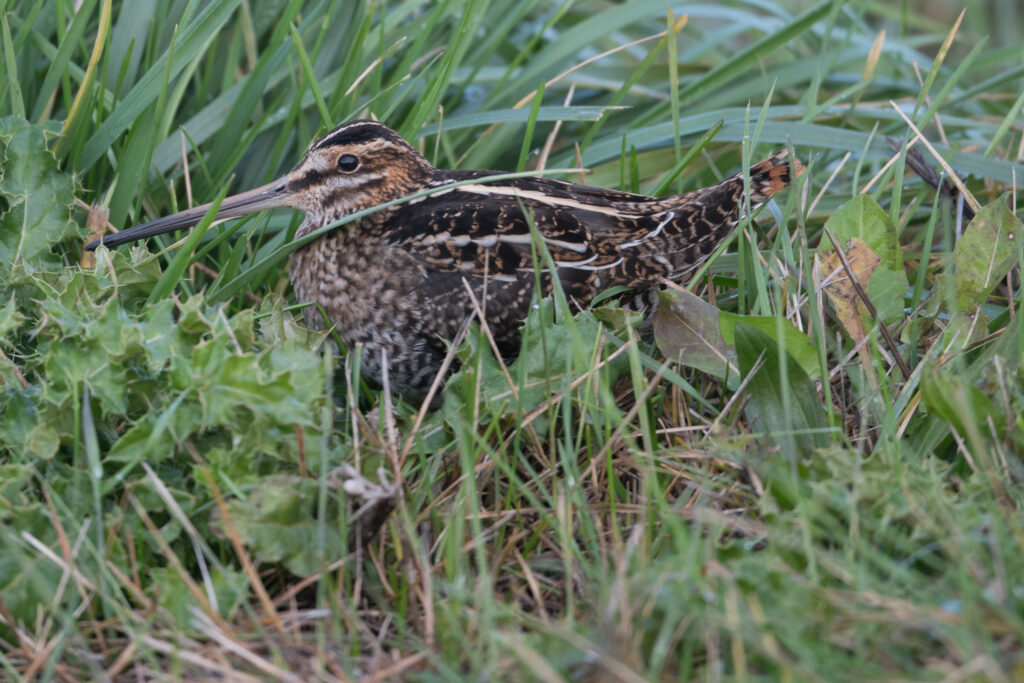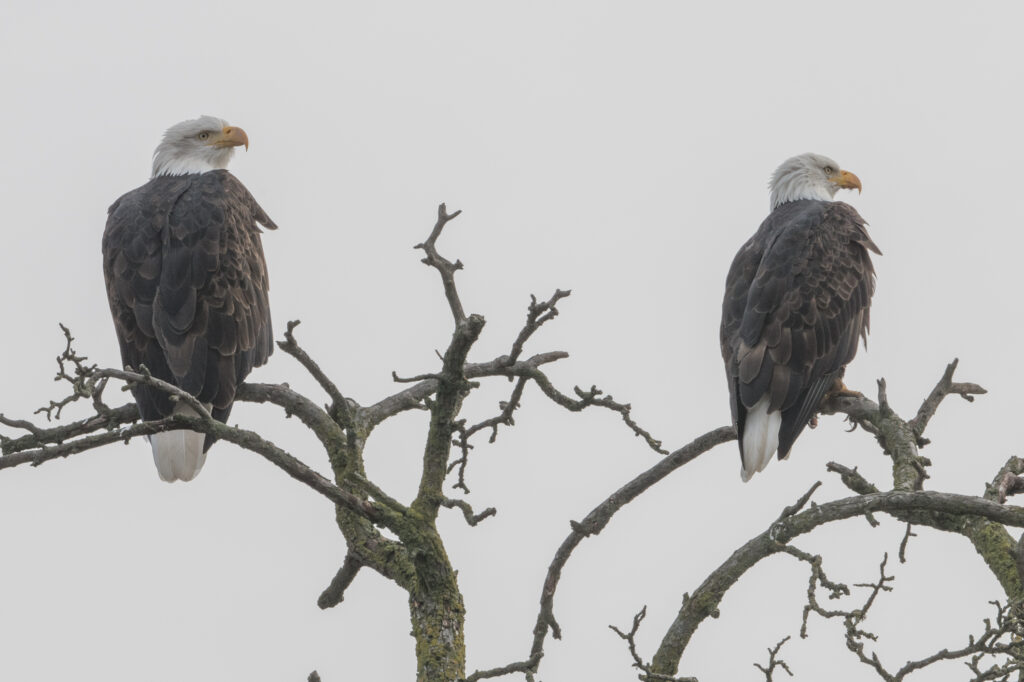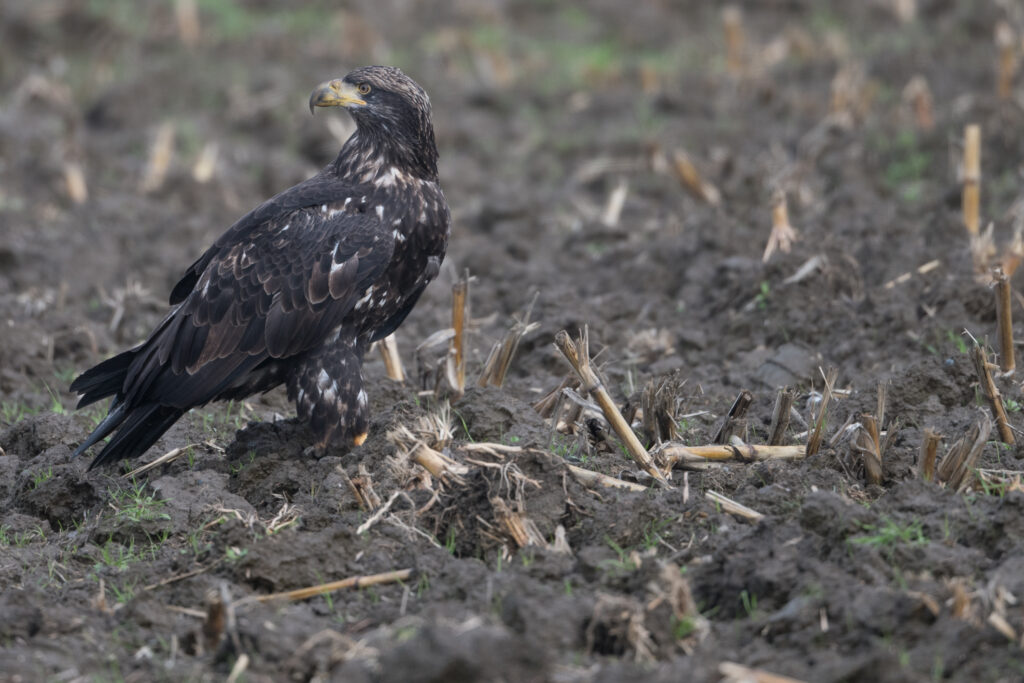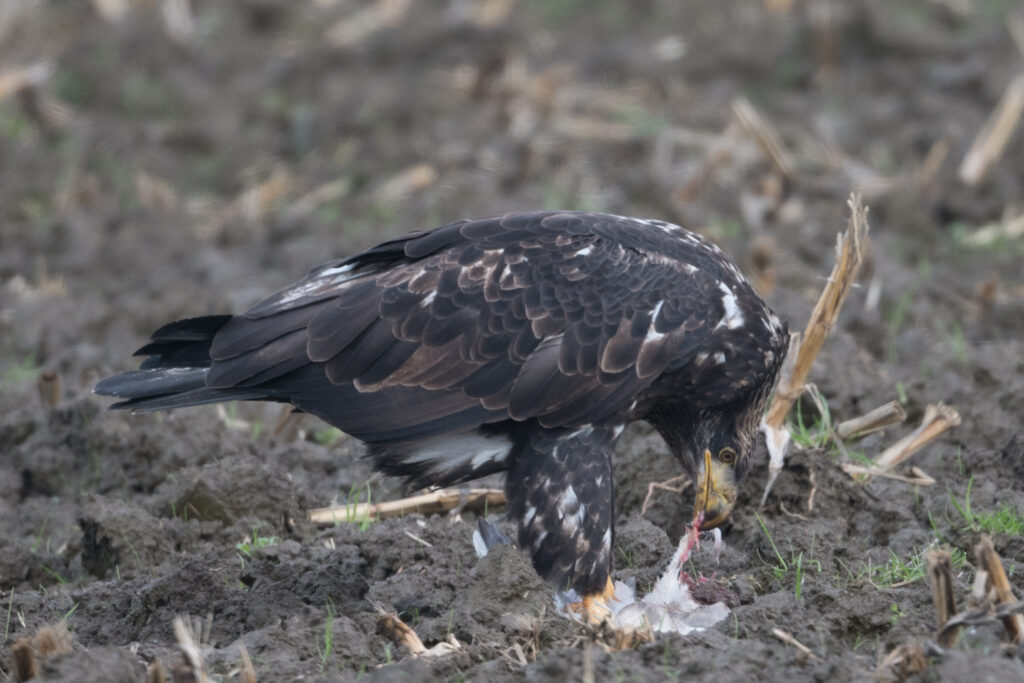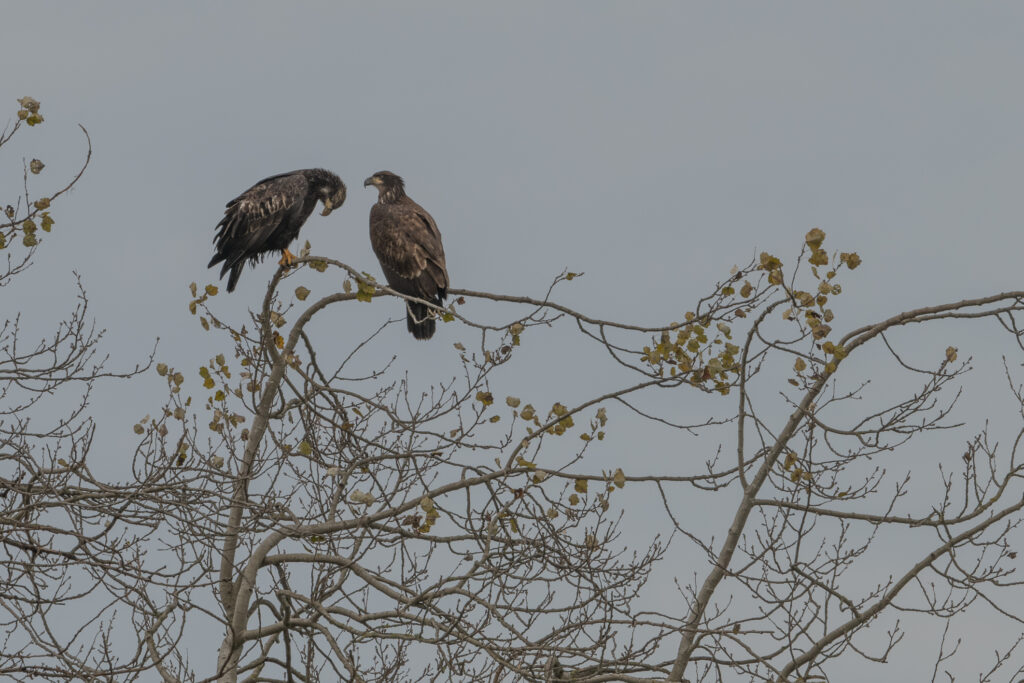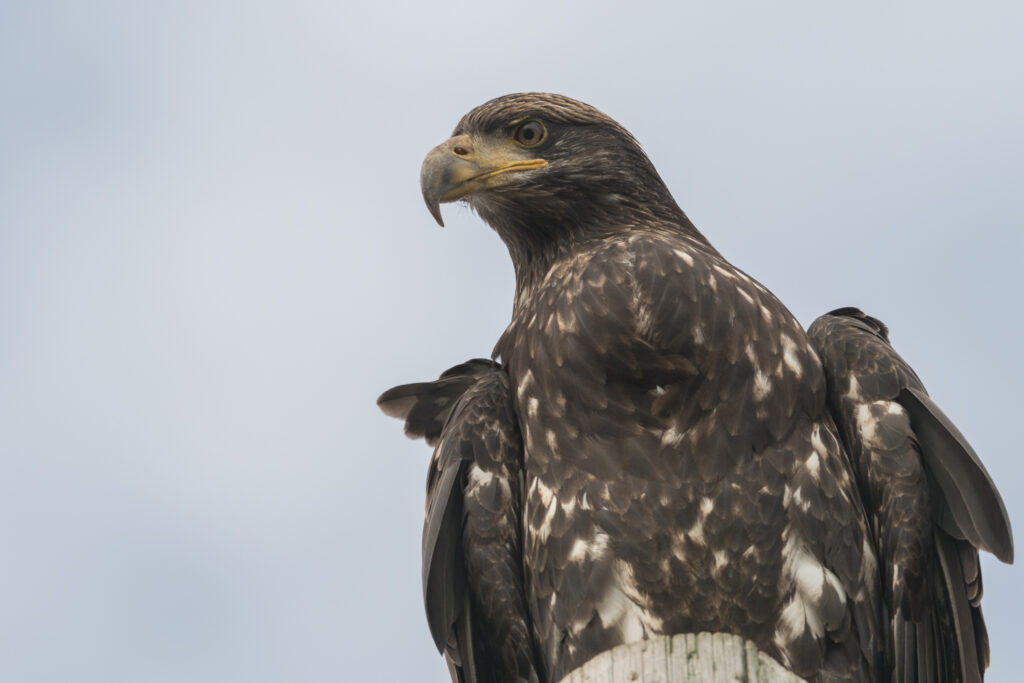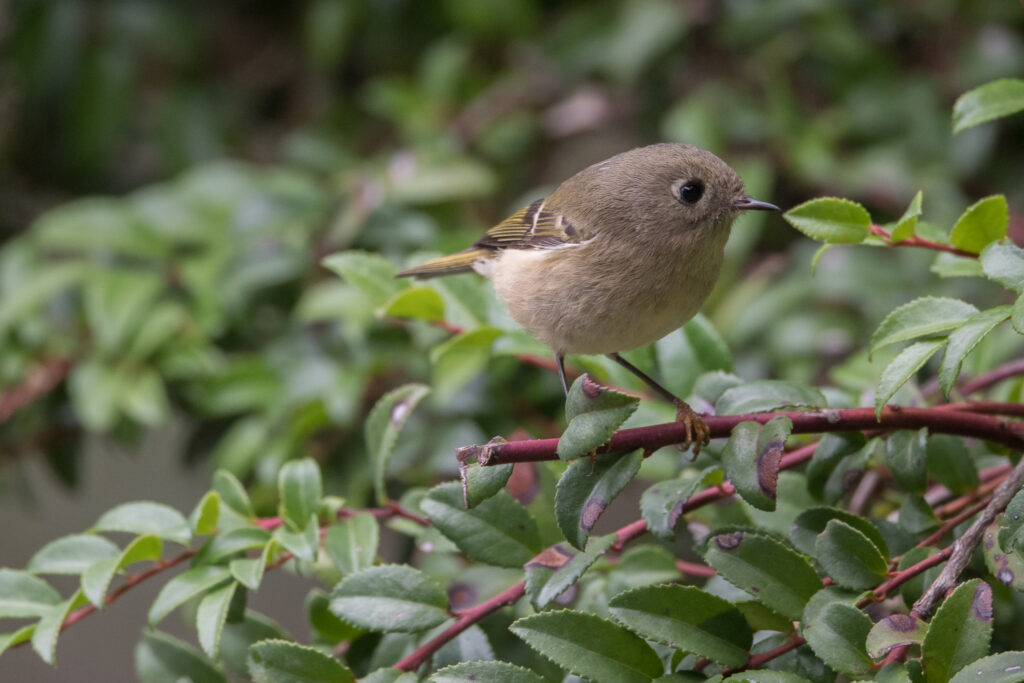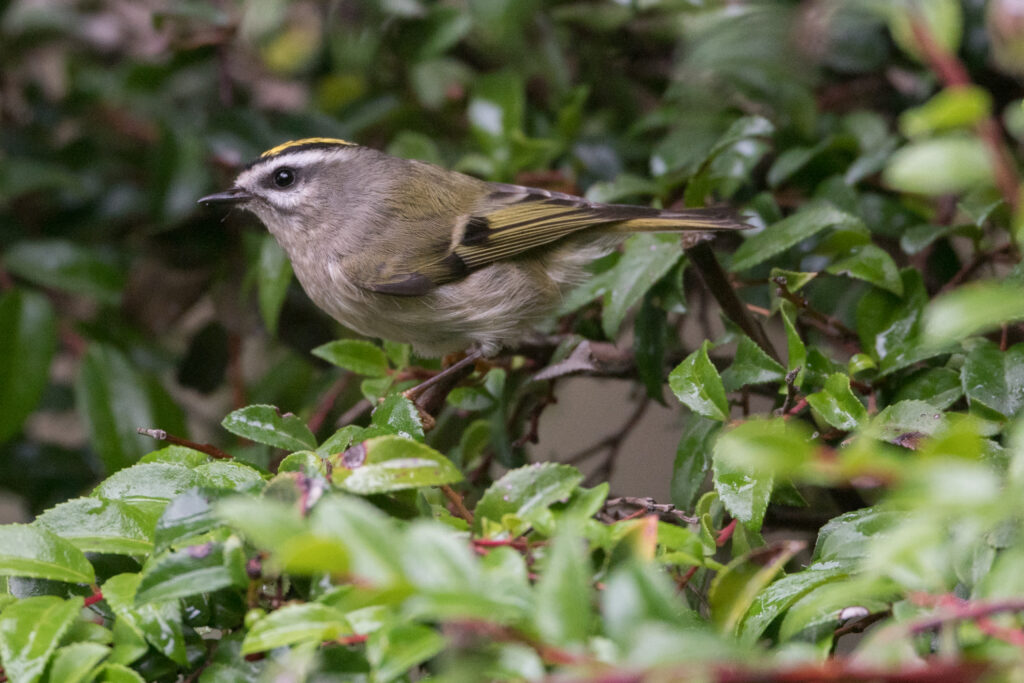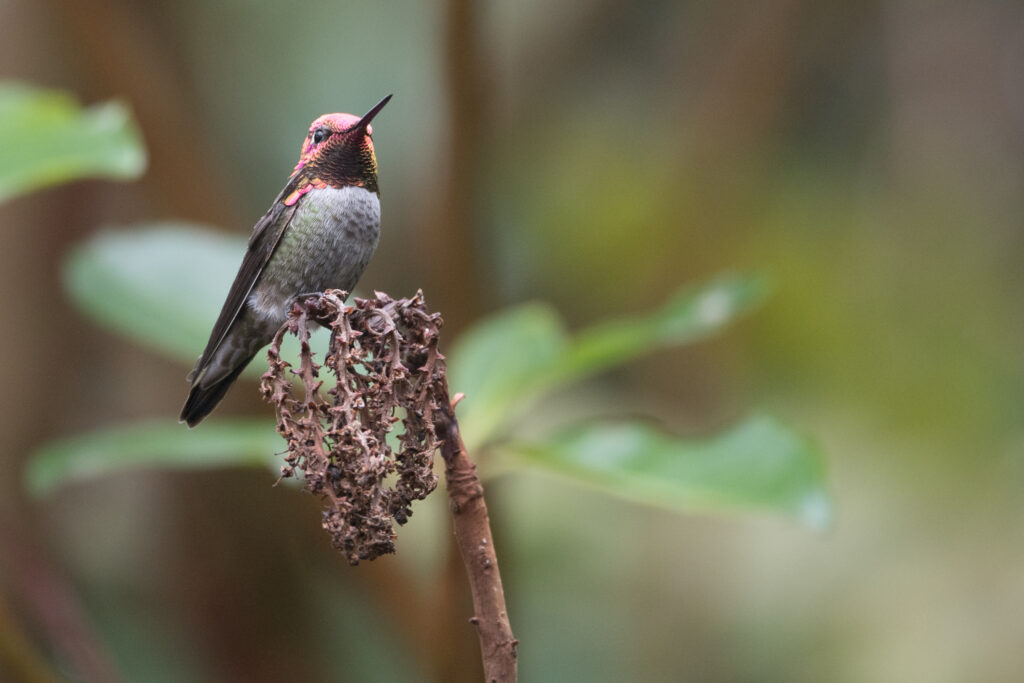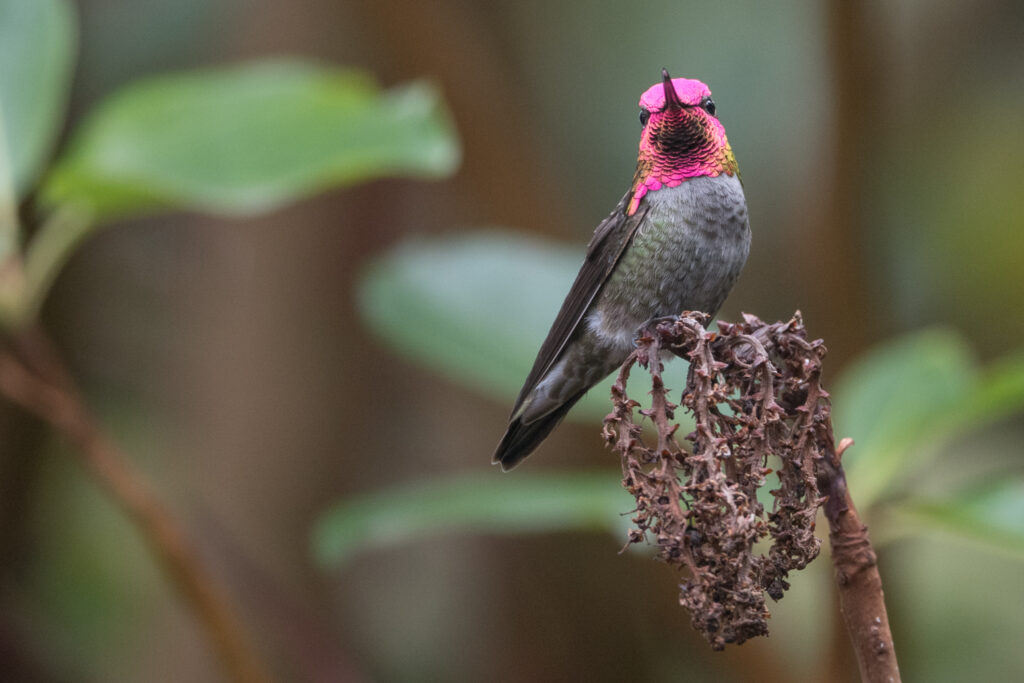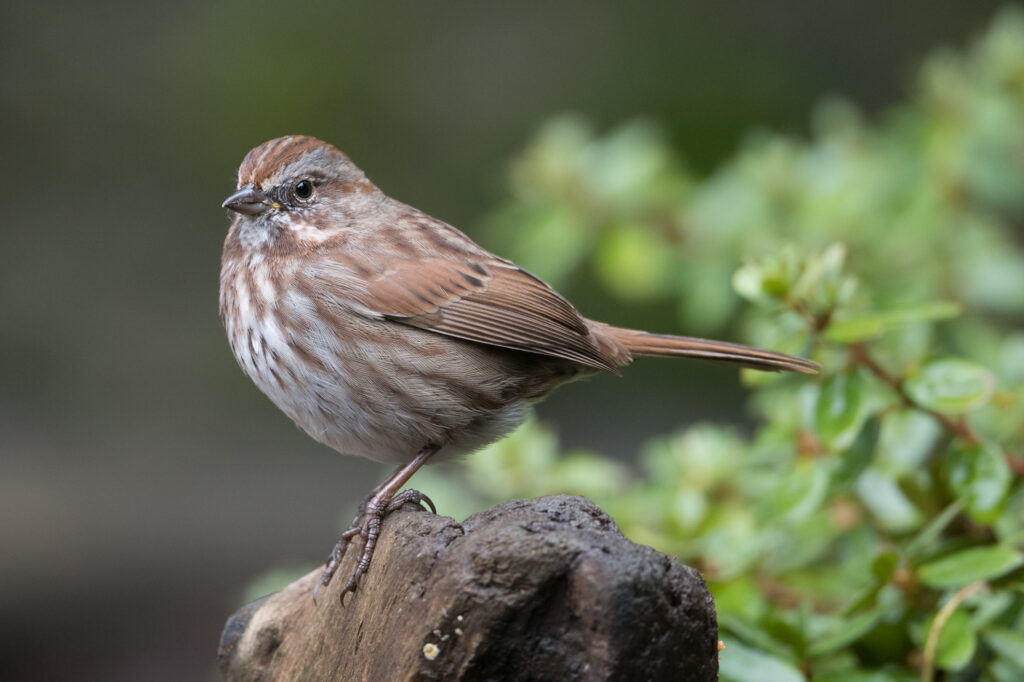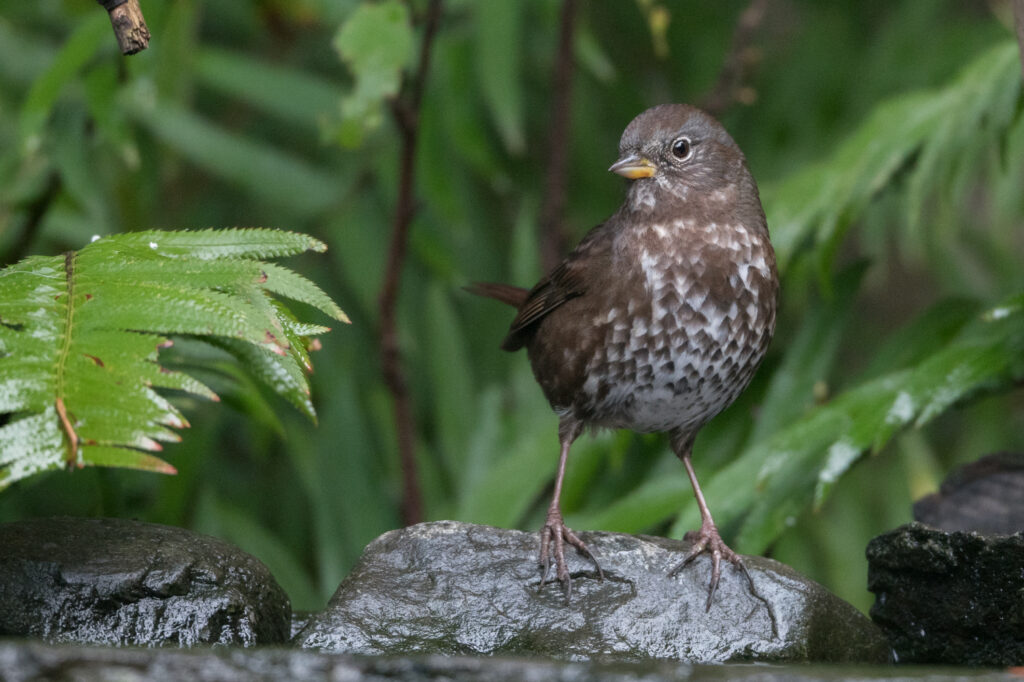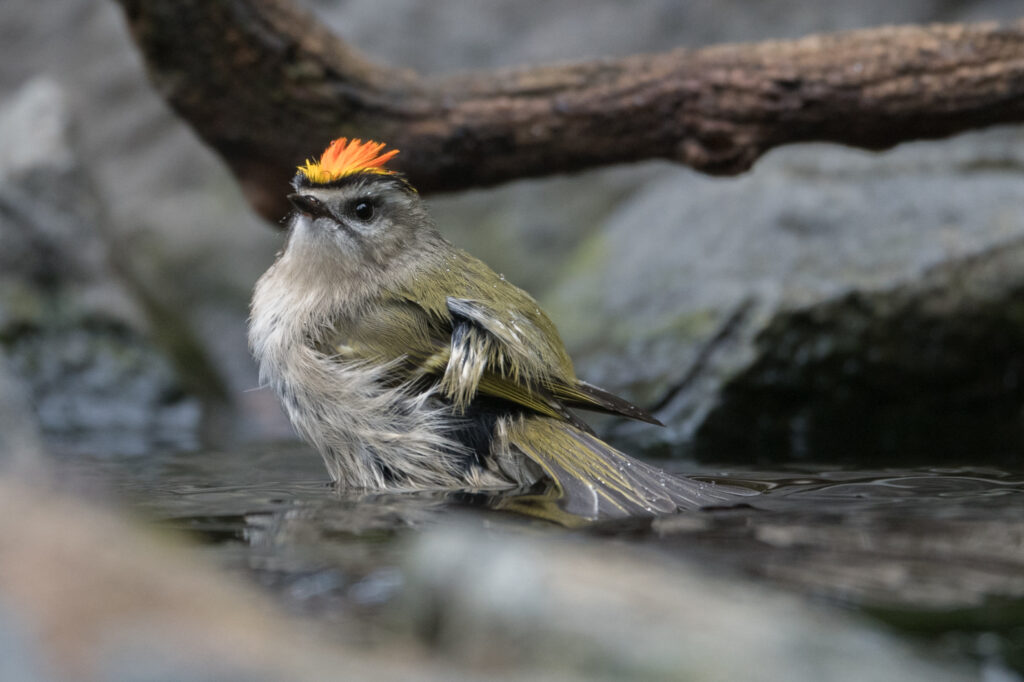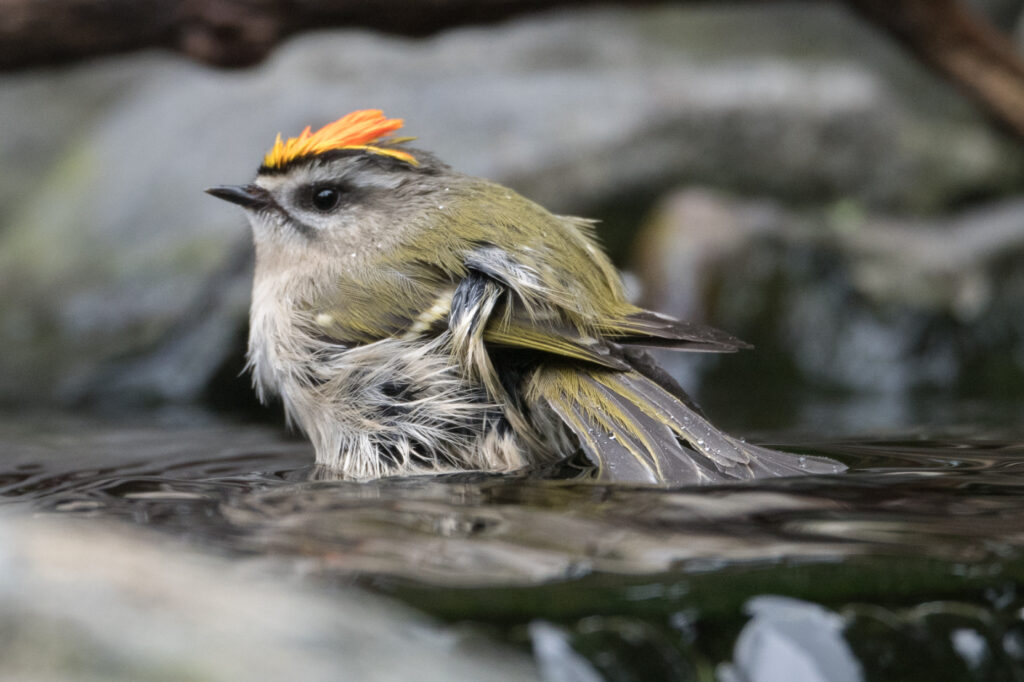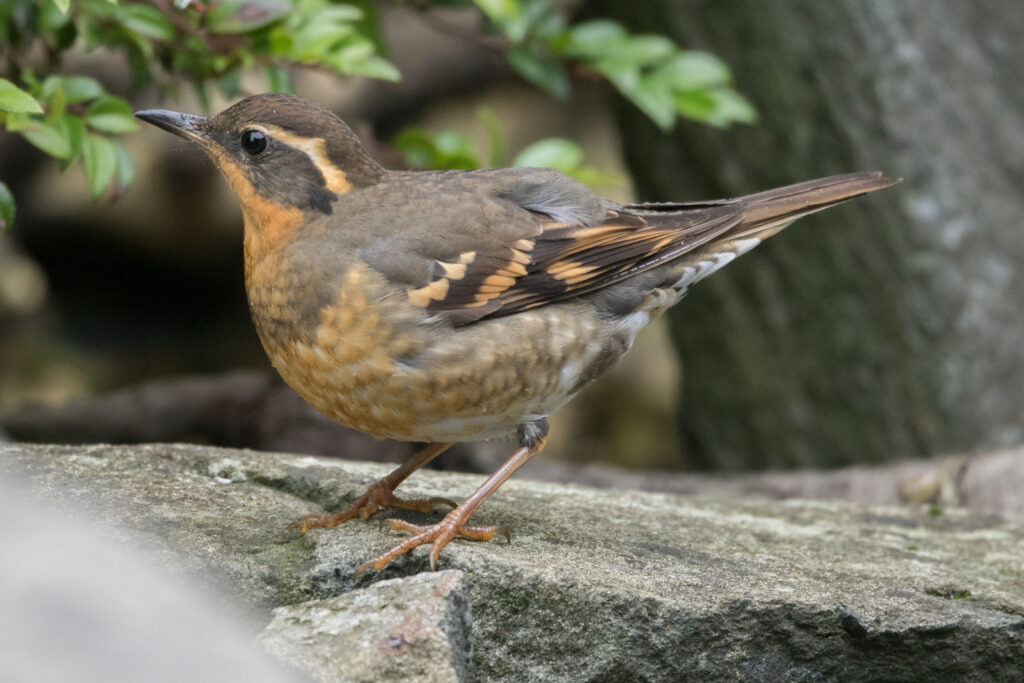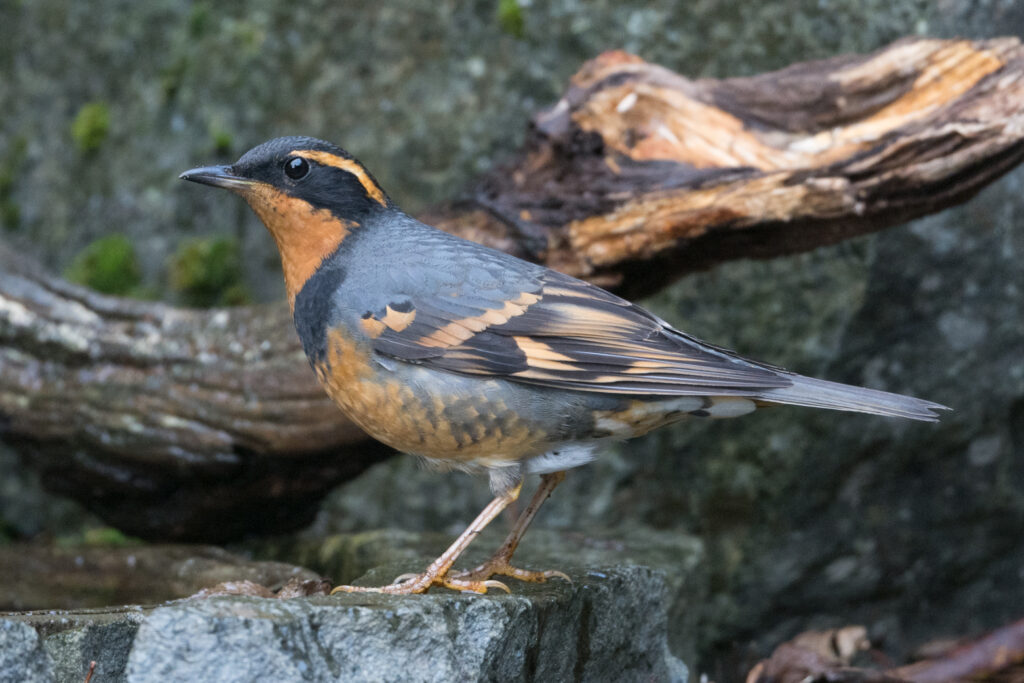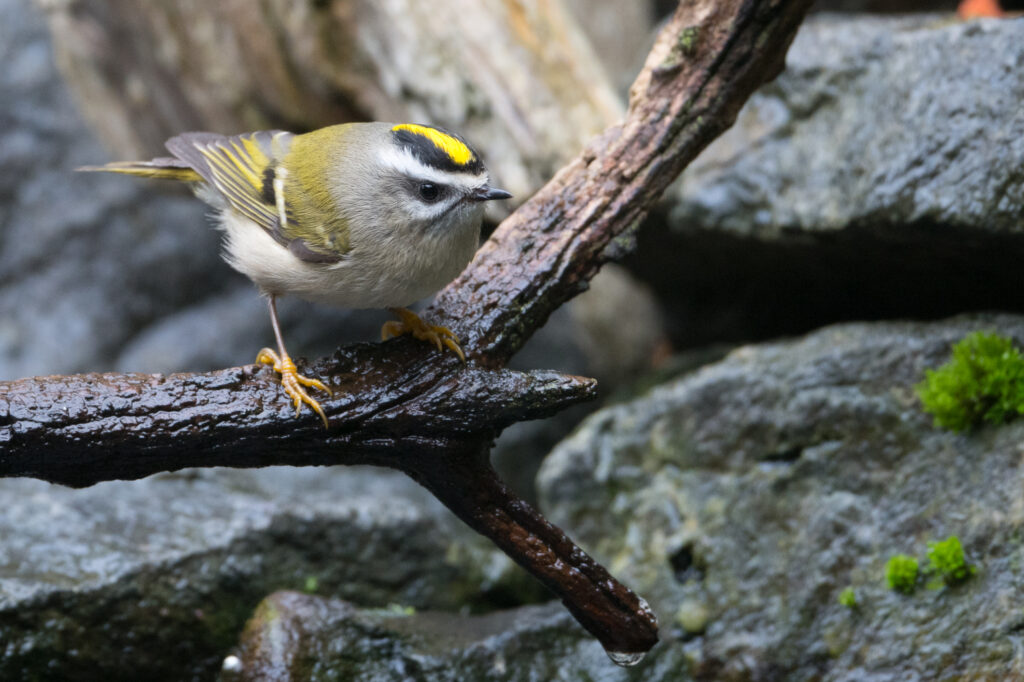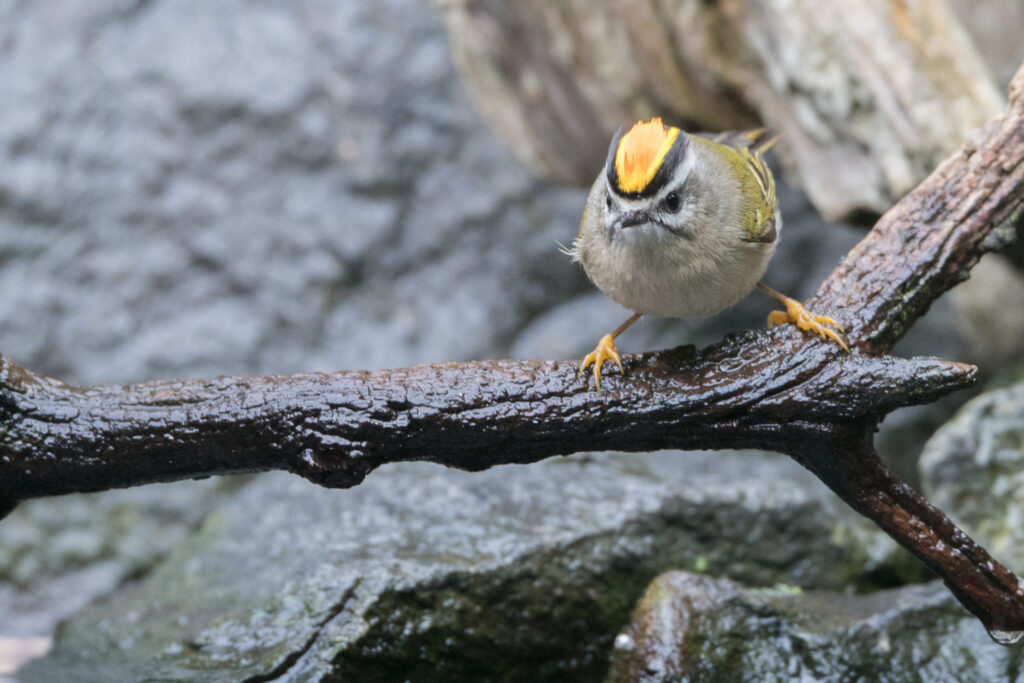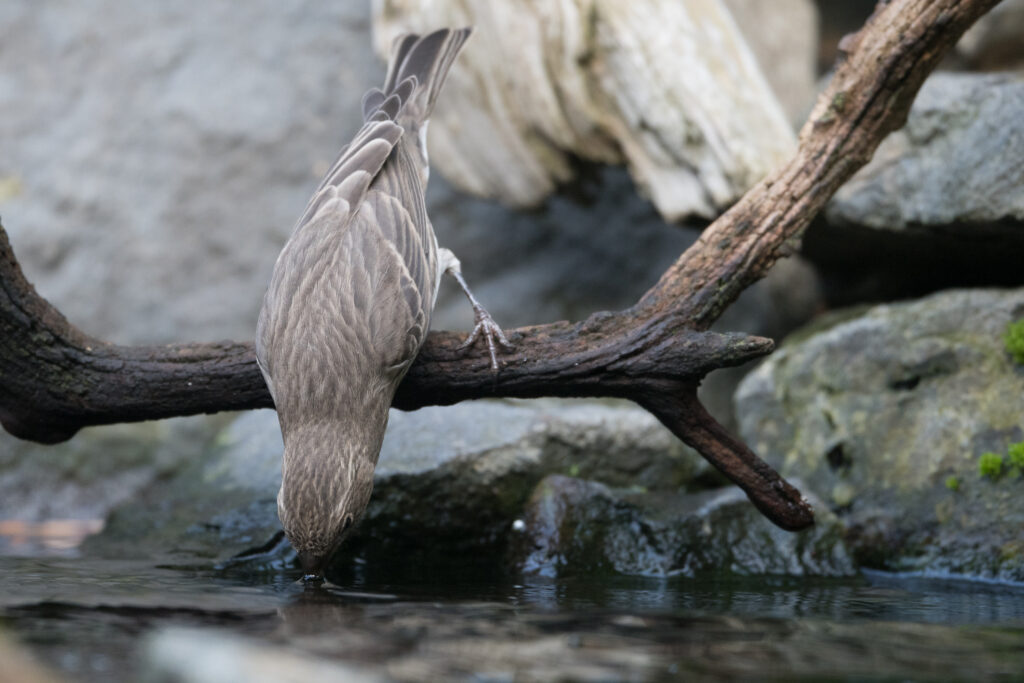It’s been a disappointing fall/winter for bird photography thus far. I’ve had almost no surprises from relatively rare visitors. Almost all of my photography has been of birds that have visited the yard. On the few expeditions I’ve made further afield, I’ve been disappointed with my efforts versus my results. But I have managed some nice photos of some of my visitors and here are a few.
I’ll begin with this female Anna’s hummingbird which from time to time has tried to maintain dominance over one of our feeders.
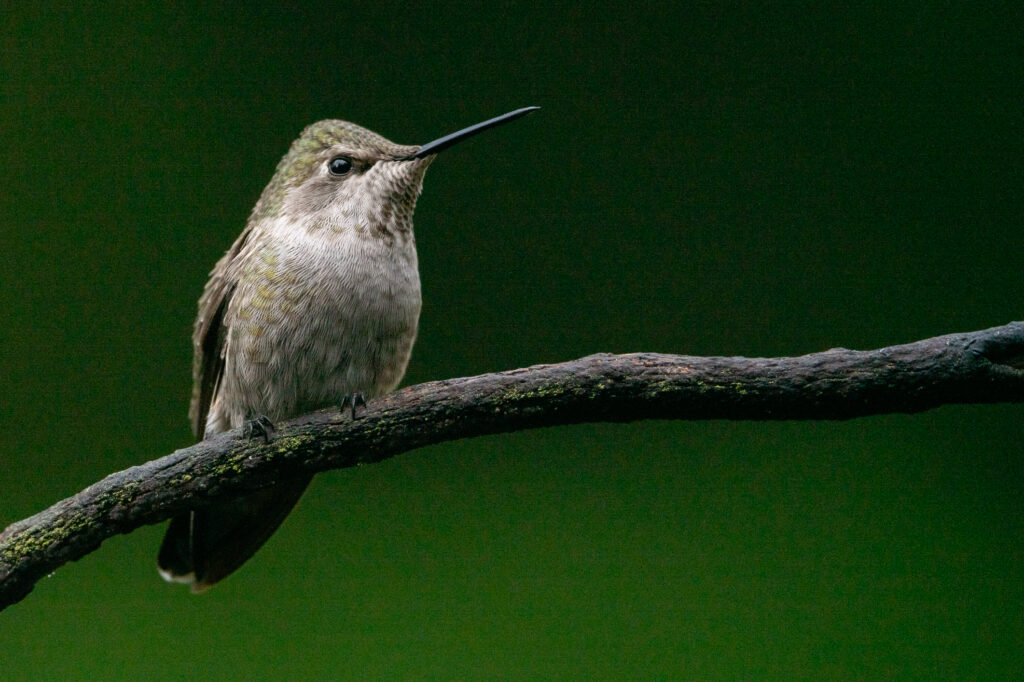
This male came for a rare bath in water that couldn’t have been over 50 degrees!
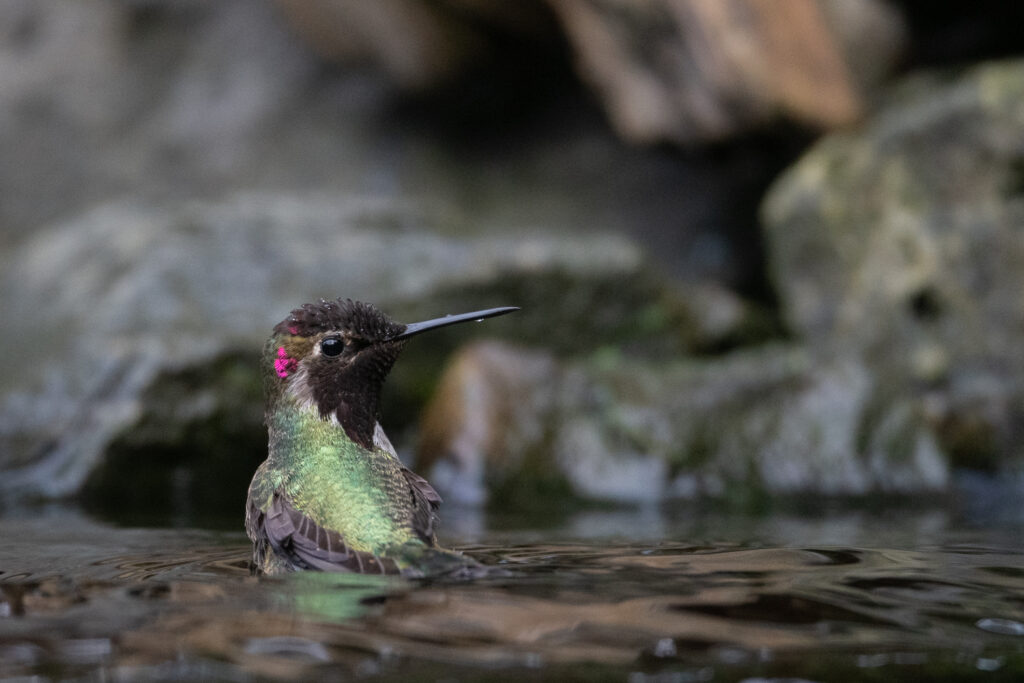
One of two Song sparrows we have around the yard this winter.
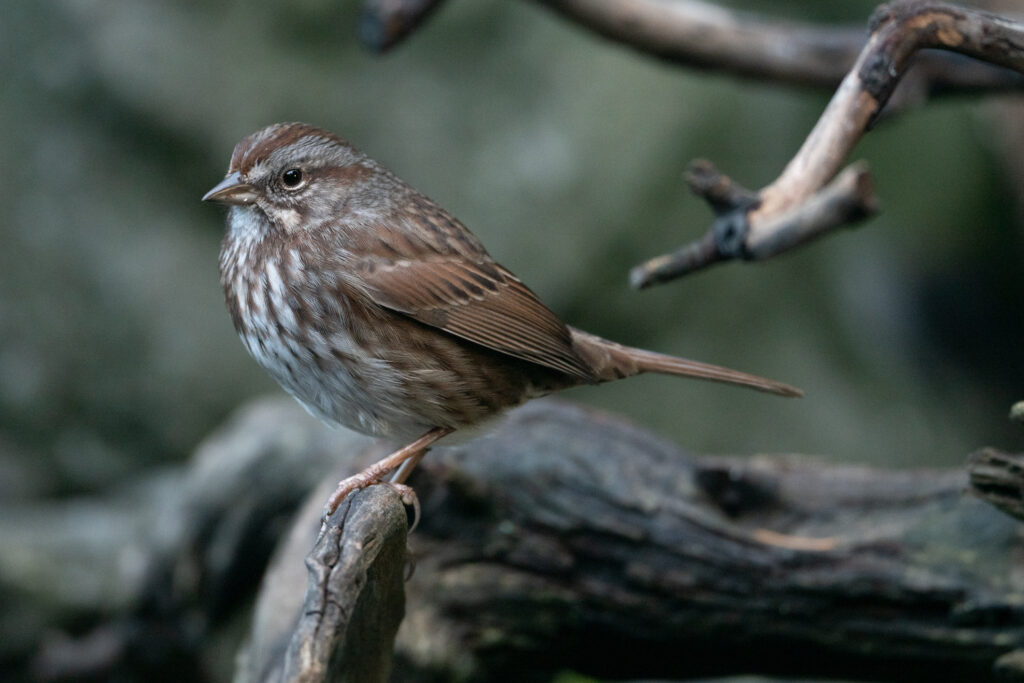
I estimate we probably have at least ten Golden-crowned sparrows in and around the yard on a good day. The photo below is of what is probably a male and is the only photo in this post not taken in our yard.
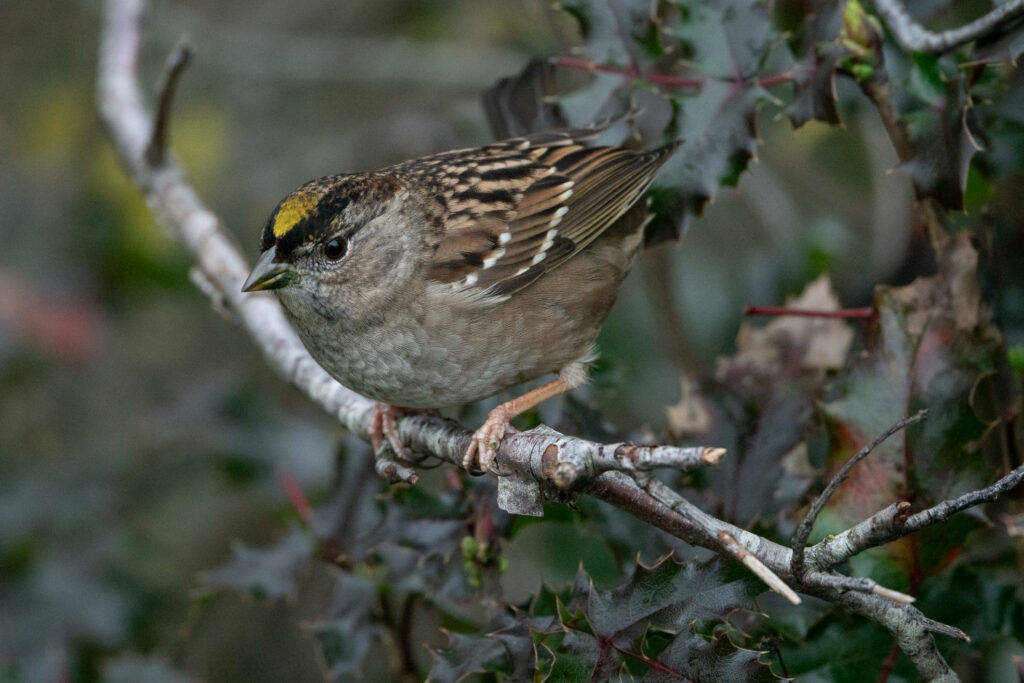
This may be a female or a first-year male.
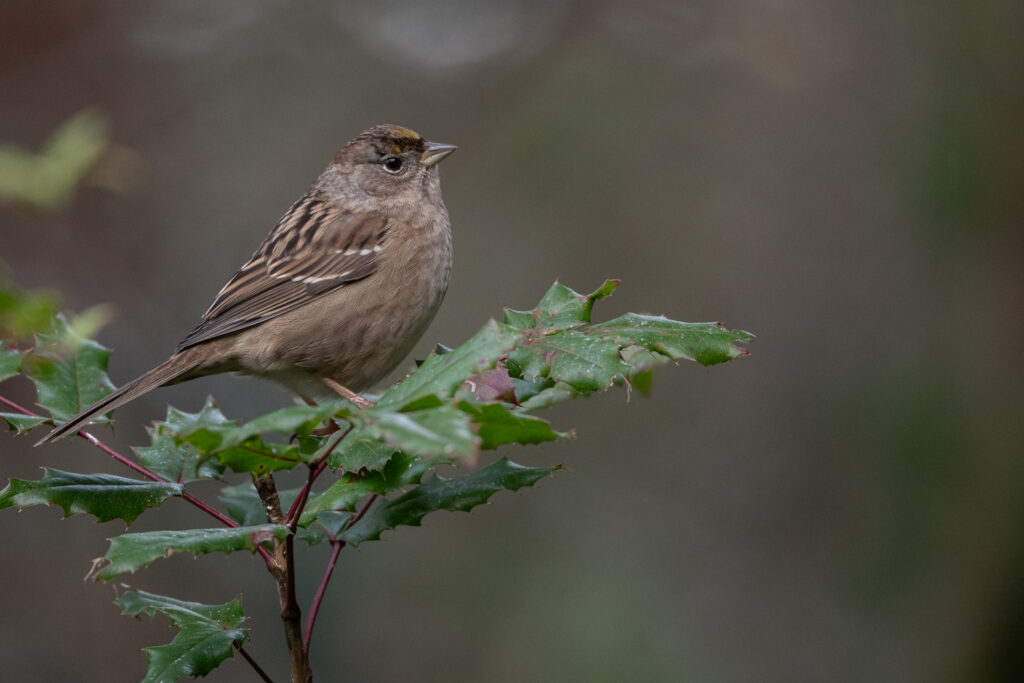
A Red-breasted nuthatch making a relatively rare visit to our watercourse for water.
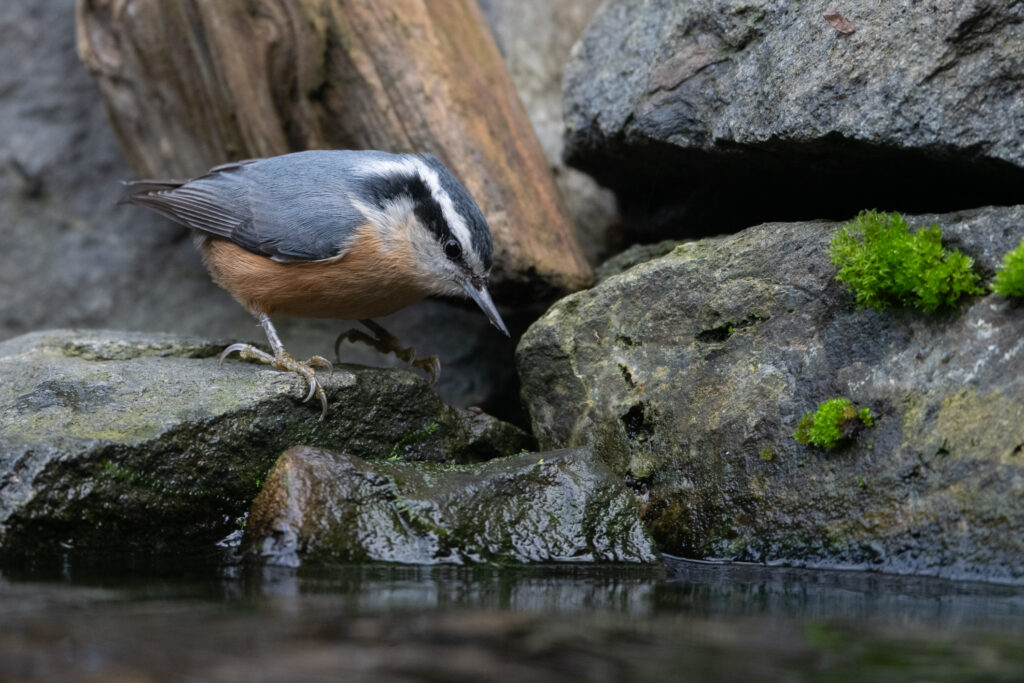
This is a male Golden-crowned kinglet, although you can’t tell it’s a male by this photo… you’ll have to trust me`!
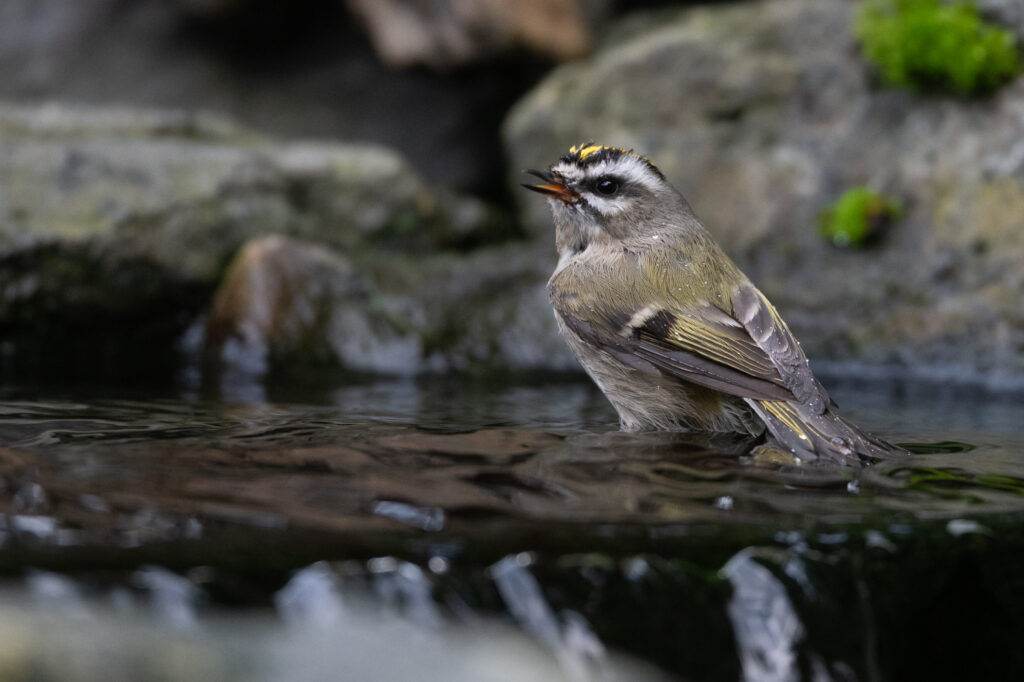
This is a Black-capped chickadee, but we also have many Chestnut-backed chickadees that visit the yard. This year I have both species that will eat from my hand!
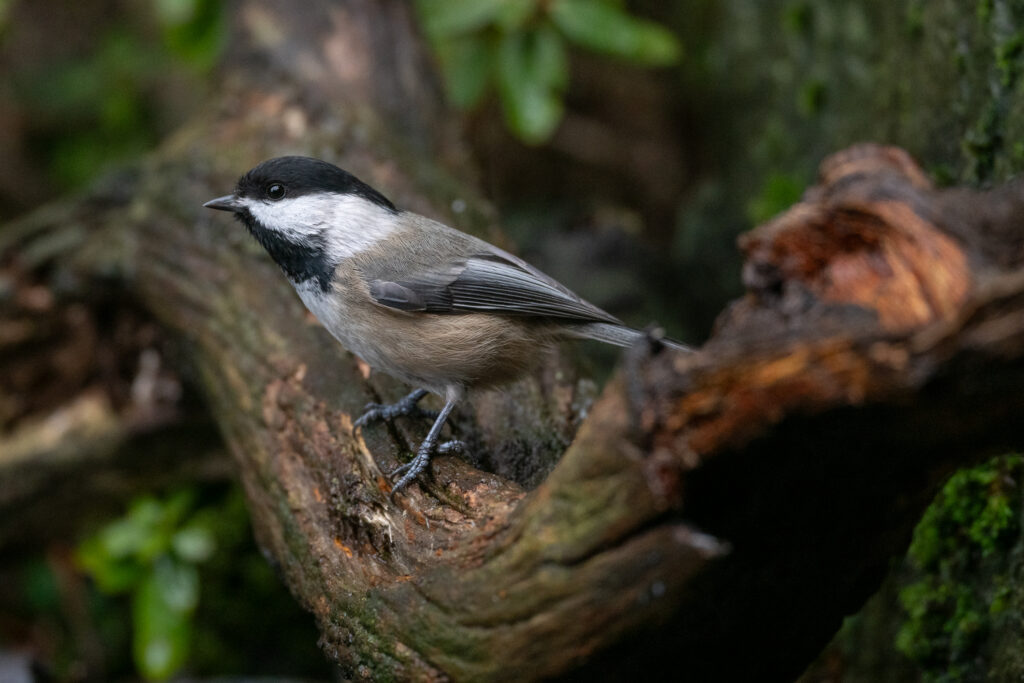
And finally, one of our most prolific yard visitors, a male Dark-eyed junco (Oregon race).
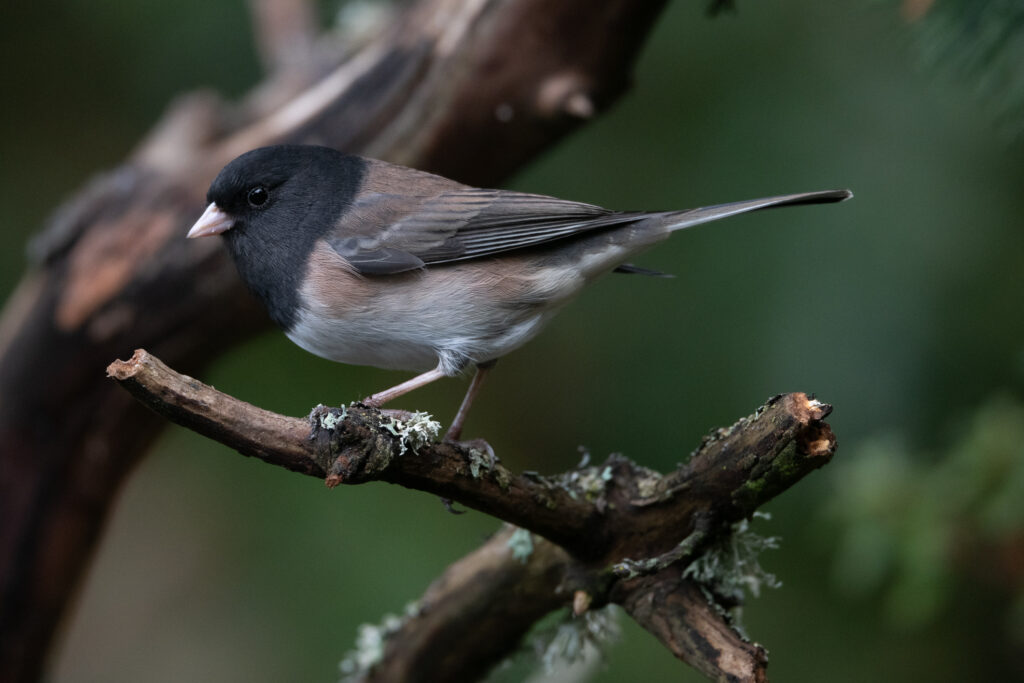
This is probably either a female or a first-year male.
